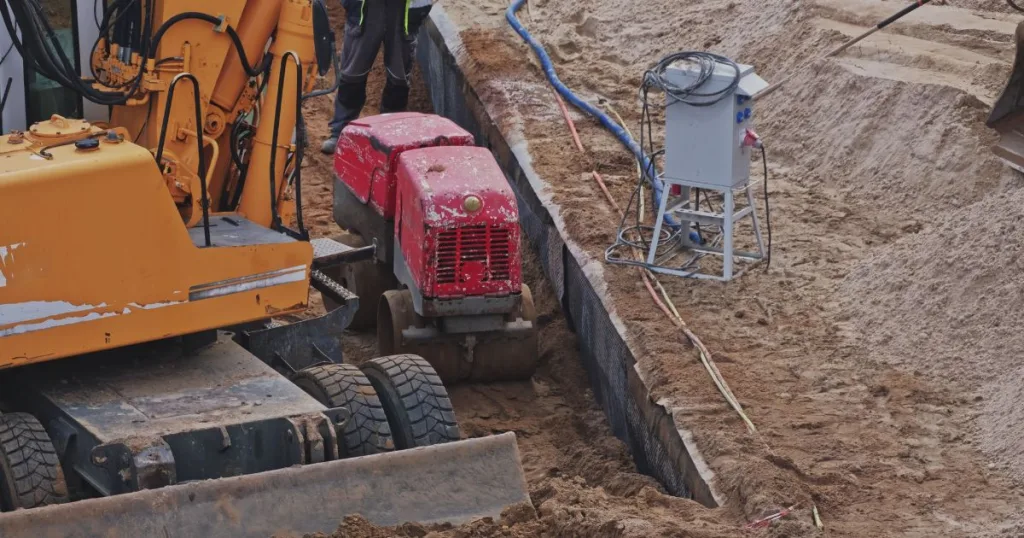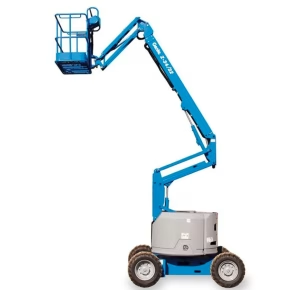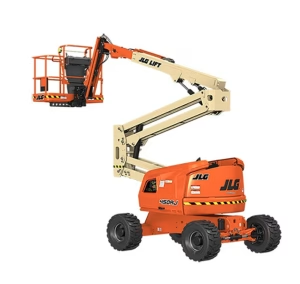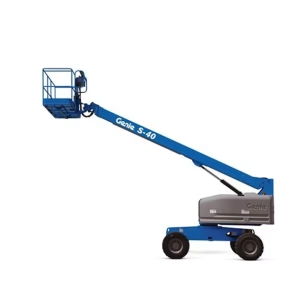How to Effectively Operate a Walk Behind Roller for Smooth Results

Engaging in construction or landscaping means dealing with a diverse range of heavy machinery. One such essential piece of equipment is the walk-behind trench roller, a compact powerhouse that can significantly impact achieving smooth and polished surfaces. This blog will take you through the ins and outs of effectively operating a remote trencher, with a special focus on the convenience of walk-behind roller rental.
Understanding the Basics
Before you begin your journey of mastering the walk-behind trench roller, it’s crucial to understand its basic components. Imagine it as your trusted companion in the quest for a flawlessly finished surface. The engine, drum, and handlebars work in harmony to ensure optimal performance.
Getting Started
Exploring the world of walk-behind trenchers, start by inspecting the equipment thoroughly. Check for any visible damage, loose parts, or fluid leaks. Once you’re satisfied with the condition, it’s time to enhance your understanding of the controls. Familiarize yourself with the throttle, direction control, and emergency shut-off features.
Safety First
Operating heavy machinery demands a keen focus on safety. Before you begin, ensure you’re equipped with the necessary personal protective equipment (PPE) – a helmet, gloves, and steel-toed boots. This human touch of safety not only protects you but also enhances your confidence as you steer the walk-behind trench roller.
Choosing the Right Walk-Behind Trench Roller
Now, let’s talk about the decision-making process. If you’re working on a small project, the option of a walk-behind trench roller rental becomes particularly appealing. This saves costs and allows you access to high-quality equipment without a hefty investment. Consider the surface type, size of the area, and the required compaction level when selecting the appropriate trencher.
Mastering the Operation
With your safety gear on and the right equipment selected, it’s time to refine your skills in operating the remote trench roller. Begin by gradually increasing the throttle while maintaining control of the direction. The human touch here lies in understanding the nuances of the surface – whether it’s asphalt, soil, or gravel. Adjust the compaction settings accordingly for optimal results.
Navigating Obstacles
In construction or landscaping, obstacles are inevitable. Your ability to navigate around them with finesse adds a human touch to your operation. Use the handlebars to steer the trencher smoothly, avoiding sudden jerks that may compromise the quality of compaction.
Monitoring and Adjusting
As you progress, keep a watchful eye on the compaction results. If you notice unevenness or areas that require more attention, don’t hesitate to make adjustments. This hands-on approach ensures that your final outcome is smooth and surpasses expectations.
Final Thoughts
Operating a walk-behind trench roller is more than a technical skill; it’s an art. The human touch you bring to the process, from safety precautions to navigating the intricacies of the terrain, defines the quality of the finished surface. Whether you own a walk-behind roller or opt for the convenience of a walk-behind trench roller rental, Skyblack Rentals will assist you in achieving seamless results. So, roll up your sleeves, put on your safety gear, and let the remote trencher become an extension of your expertise in creating impeccable surfaces.
Become our client
-
Request machines in any way you like.
-
Open an account with us to enjoy our top-tier service.
Broad solutions
-
Buy used equipment from top brands.
-
Service machines you own or rent from others.







